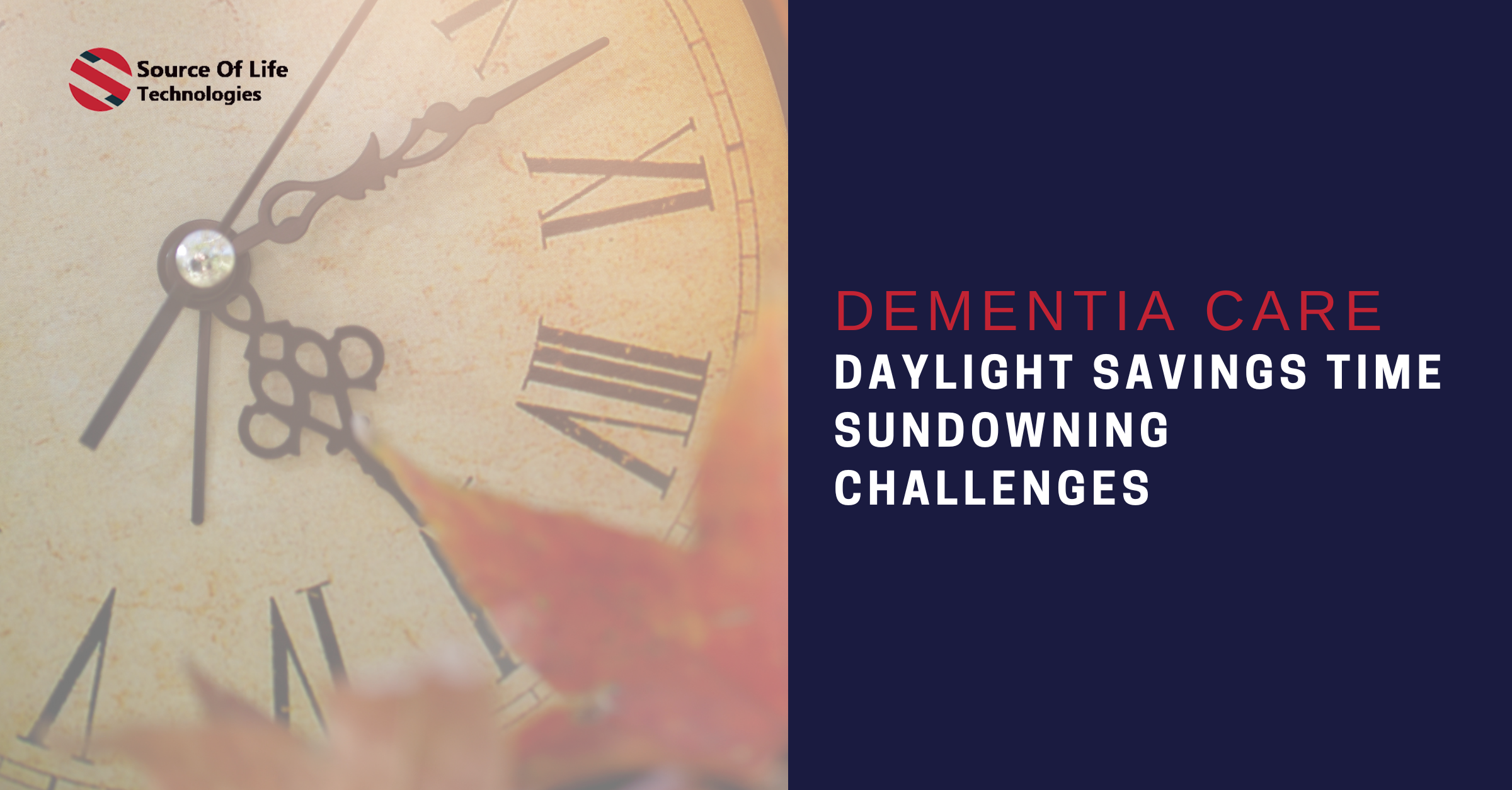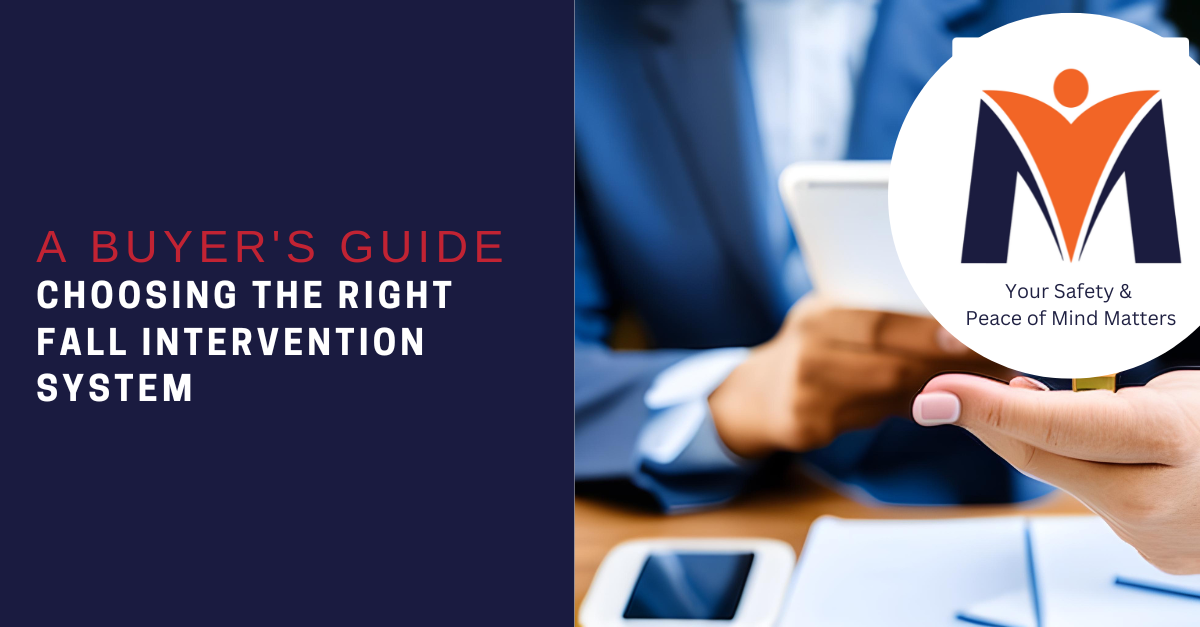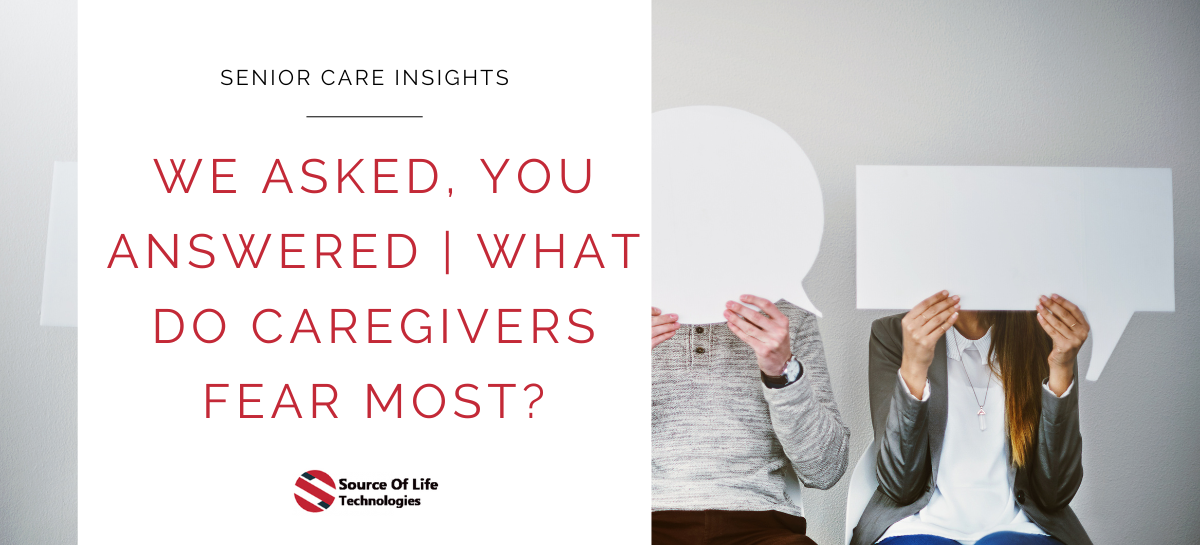Dementia Care | Daylight Savings Time Sundowning Challenges

In collaboration with Rachael Wonderlin, Dementia By Day, Consultant to Source of Life Technologies
Most of us, living with dementia or not, get tired later in the day. And as we are all very familiar, Daylight Savings Time tends to exacerbate those feelings. In fact, Daylight Savings is so unpopular that there is even a bill called the “Sunshine Protection Act” currently sitting in The House, waiting to be passed into law.
For people living with dementia, that exhaustion can manifest itself as anxiety, panic, and aggression. We often refer to this in the industry as “sundowning,” although it can happen at any time during the day. People living with dementia just don’t always have the ability to say, “I’m tired/hungry/feeling cranky/confused, leave me alone,” like the rest of us do. Instead, you see the anxiety and anger come out.=
People living with dementia are also more vulnerable to changes in daylight than the rest of us. While people without dementia are able to sigh and roll their eyes at the change in light, people living with dementia do not have the same luxury. They are far more susceptible to changes, like losing an hour of daylight, and do not have the ability to “logic” themselves into another feeling.
How do we as caregivers cope with sundowning?
Calming music, scents, and activities can combat sundowning. If a person is engaged (holding a baby doll, folding laundry, enjoying a TV show, or something else that is fun but calming) he or she won’t be panicking about leaving, getting hostile, or picking fights. Most people begin to sundown around 2 or 3 PM, so that’s when they need to be engaged in something pleasant. Ideally, we’re starting these programs before 2 PM and continuing them into the later afternoon. Sometimes I see dementia care community calendars ending at 3 PM–the community citing that “residents need to rest because they’ll be sundowning.” I actually suggest the opposite: we want to engage our residents so that they are able to glide through the sundowning time with ease.
There is some evidence that light therapy, such as using a Seasonal Affective Disorder lamp, or SAD Lamp, works to combat changes in daylight during the winter. (I myself actually just bought a SAD Lamp for the winter months!)
I always recommend avoiding “chemical restraints” like antipsychotics. What does work for some people who experience a ton of anxiety, though, are anti-anxiety medications that a physician can prescribe.
I also often suggest to families that they are going to have the best visit with a loved one with dementia before 2 PM. If you can, try visiting before your loved one sits down for dinner. This also goes for phone or video calls…plan ahead with the time of day!
Sundowning can continue into the night, making it hard for people with Alzheimer’s to fall asleep and lead to wandering, difficulty way-finding at night, and falls. As a result, they and their caregivers may have trouble getting sleep and functioning well during the day.
Just imagine if you could receive alerts to monitor, track, and address a person’s getting up and down habits. This type of fall prevention initiative is available with Source of Life Technologies new product, Mat of Life: your modern fall prevention solution.
Falls in the senior community are far too common, costly, and preventable. Senior care fall strategies shouldn’t be reactive - they should be proactive. Just imagine if you could monitor, track, and address patient needs BEFORE a fall happens. This type of fall prevention initiative is available with Source of Life Technologies - Mat of Life - your modern fall prevention solution. You can learn more about Mat of Life here.

